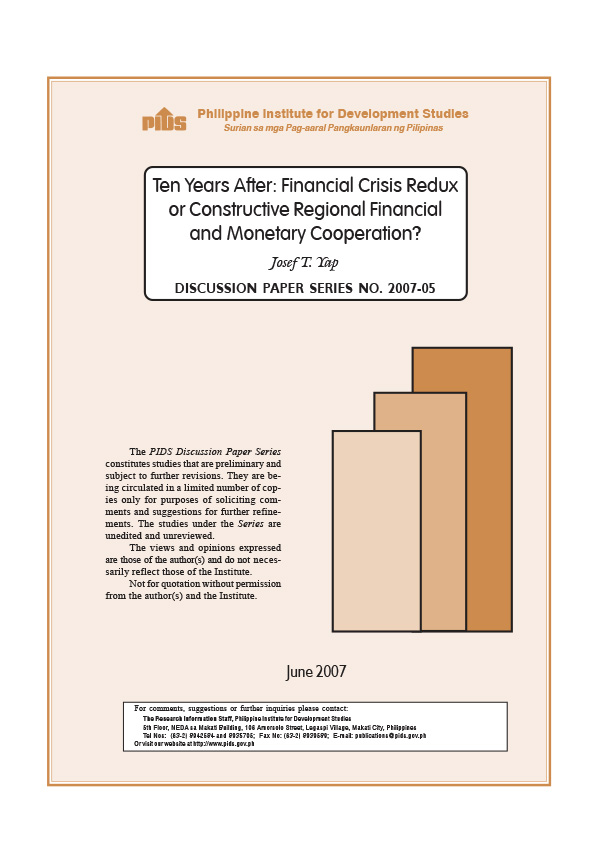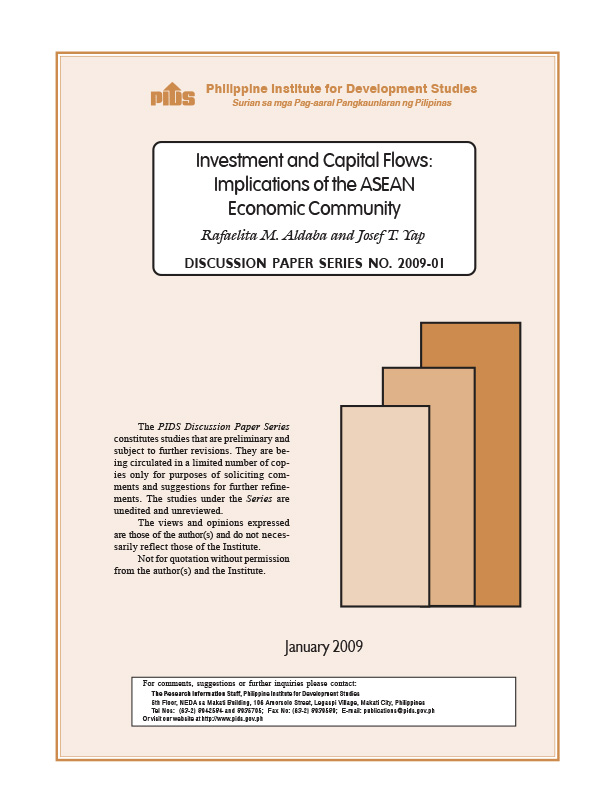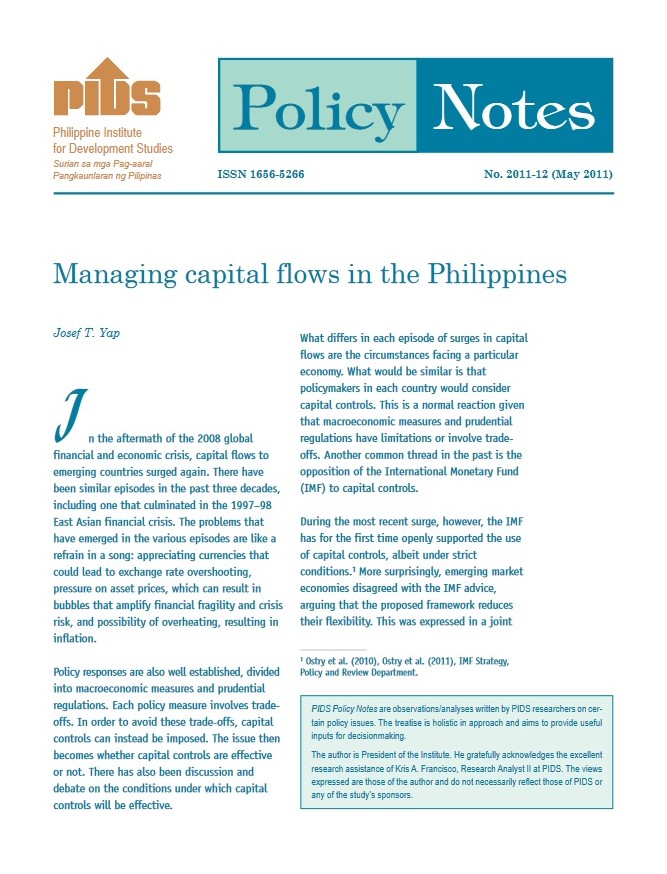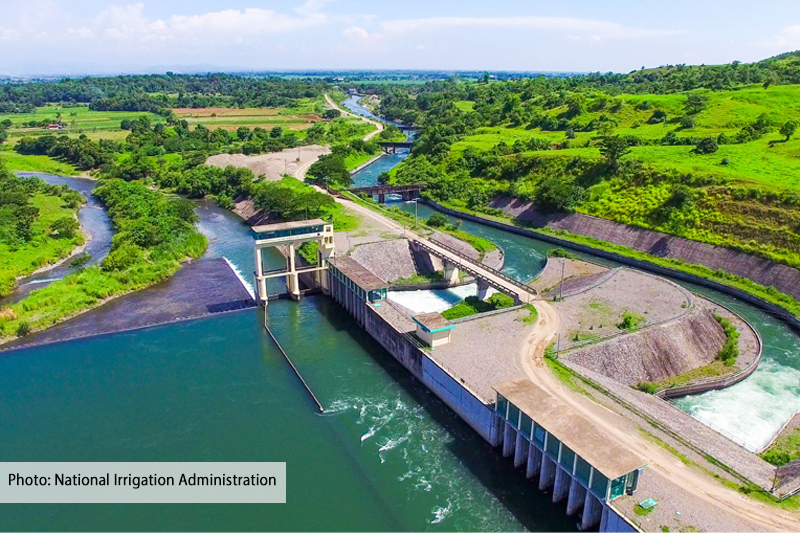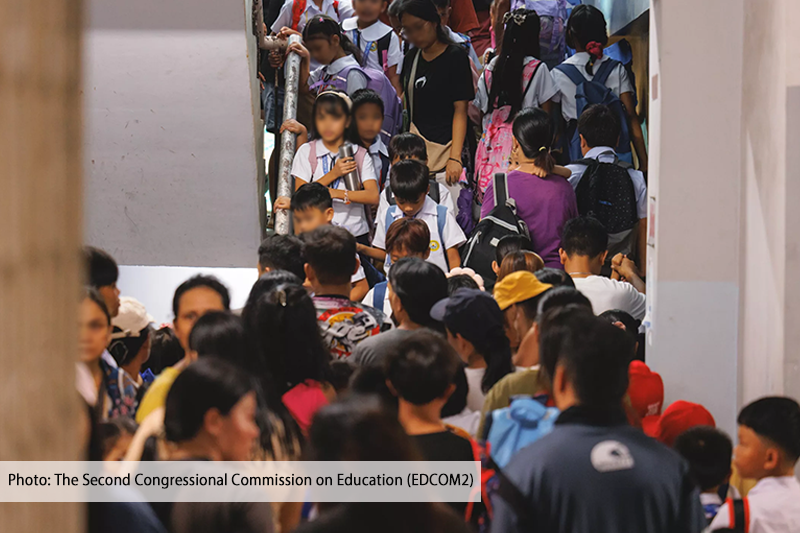In response to the 1997 East Asian financial crisis many schemes were initiated to reform the international financial architecture. The proposed reforms had two wide-ranging objectives: (i) to prevent currency and banking crises and better manage them when they occur; and (ii) to support adequate provision of net private and public flows to developing countries, particularly low-income ones. Unfortunately the progress has been uneven, asymmetric, and patchy. This is largely because the structural problems related to the supply side of capital flows have not been addressed, particularly the unipolar character of the global financial system. As a result, many East Asian economies face many of the same conditions that prevailed immediately prior to the crisis: huge capital inflows heavily tilted toward hot money, rapid appreciation of currencies in real terms, surging stock prices, and little policy space to implement countercyclical measures in the event of a crisis. The difference is that many countries have accumulated a large amount of foreign exchange reserves but at the expense of domestic investment and economic growth. In order to resolve the problems that are posed by volatile capital flows it is important to accelerate East Asian cooperation and integration, particularly with regard to the objective of using regional savings for regional infrastructure projects. Political rapprochement between China and Japan is a necessary condition both to move regional cooperation and integration forward and to overhaul the unipolar global financial system.

